The process of in-vitro fertilization (IVF) can be an emotional roller-coaster. While successful embryo transfers bring hope and joy, failure can be devastating. Understanding the reasons behind embryo transfer failure and the steps to take next can empower you to make informed decisions and enhance your chances of success.
What is Embryo Transfer Failure?
Embryo transfer failure refers to the unsuccessful implantation of a viable embryo into the uterine lining following an IVF procedure. Despite the careful preparation of embryos and the best efforts of fertility specialists, not all transfers result in pregnancy.
Causes of Embryo Transfer Failure
Embryo Quality: Poor-quality embryos may lack the ability to develop properly, reducing the chances of successful implantation.
Uterine Receptivity Issues: Problems like endometrial polyps, fibroids, adhesions, or a thin uterine lining can make the uterus less receptive to embryos.
Immune System Factors: An overactive immune system can attack the embryo, preventing implantation.
Chromosomal Abnormalities: Genetic abnormalities within the embryo can prevent successful implantation.
Poor Blood Flow: Insufficient blood flow to the uterine lining can hinder implantation.
Lifestyle Factors: Smoking, excessive alcohol intake, high stress levels, and obesity can negatively impact implantation.
Solutions to Address Embryo Transfer Failure
Preimplantation Genetic Testing (PGT): Screening embryos for genetic abnormalities can help ensure only healthy embryos are transferred.
Endometrial Receptivity Testing (ERA): Testing the uterine lining's readiness for implantation and adjusting timing accordingly.
Lifestyle Modifications: Improving diet, reducing stress, quitting smoking, and maintaining a healthy weight.
Immune System Treatment: Using medications to suppress immune reactions that may interfere with implantation.
Optimizing Uterine Health: Treating uterine abnormalities like fibroids or polyps and enhancing blood flow to the uterine lining.
Blastocyst Transfer: Transferring embryos at the blastocyst stage (day 5) when they are more developed and ready to implant.
What to Do After Embryo Transfer Failure
Consult Your Fertility Specialist: Review the previous cycle and discuss potential improvements.
Perform Diagnostic Tests: Tests like ERA, hysteroscopy, and blood work can provide insights into the reasons for failure.
Consider Alternative Treatments: Discuss options like using donor eggs or sperm if genetic issues are detected.
Prepare for the Next Cycle: Based on your specialist's recommendations, plan your next IVF attempt with a clear strategy.
Emotional Well-being
Experiencing embryo transfer failure can be emotionally draining. It's essential to seek support from loved ones, join support groups, or consider counseling to cope with the disappointment and anxiety that may arise.
Conclusion
While embryo transfer failure can be discouraging, it’s important to remember that each failed attempt offers valuable insights. With the right approach, tailored treatment plans, and support from a trusted fertility specialist, the journey toward parenthood can continue with renewed hope.
If you're seeking guidance from the best fertility doctor in Delhi, SCI IVF Hospital offers personalized and advanced fertility treatments to help you achieve your dream of parenthood. Schedule your consultation today!
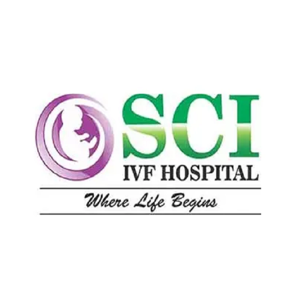
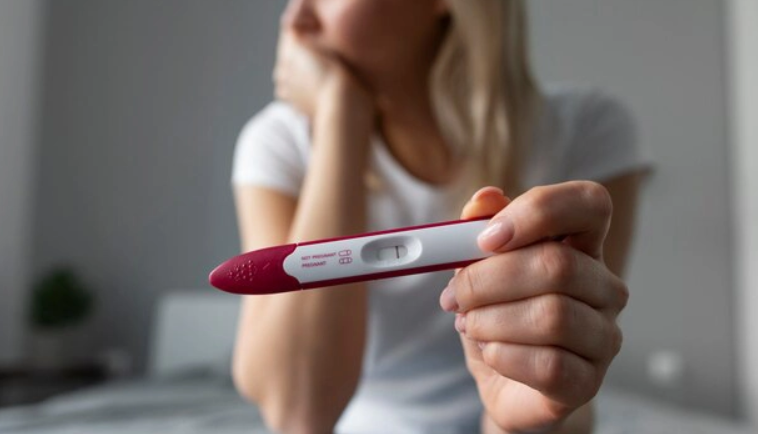
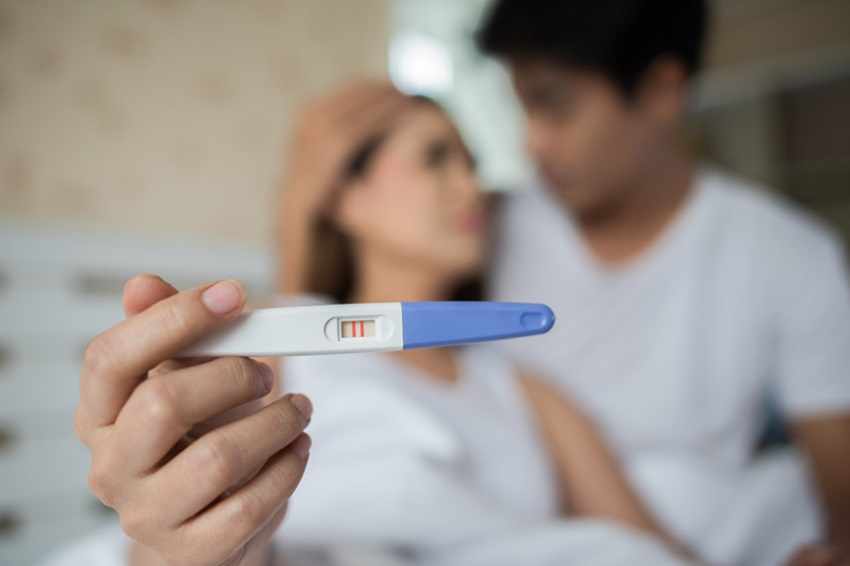




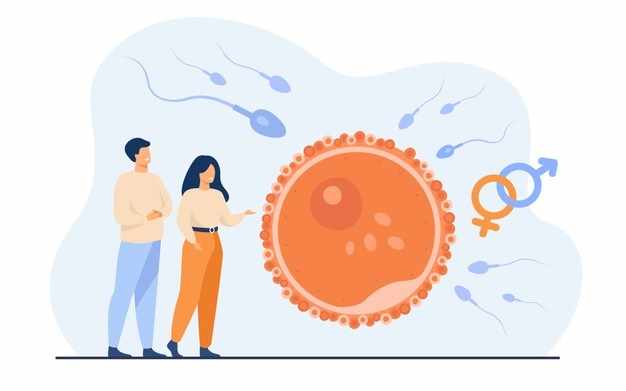

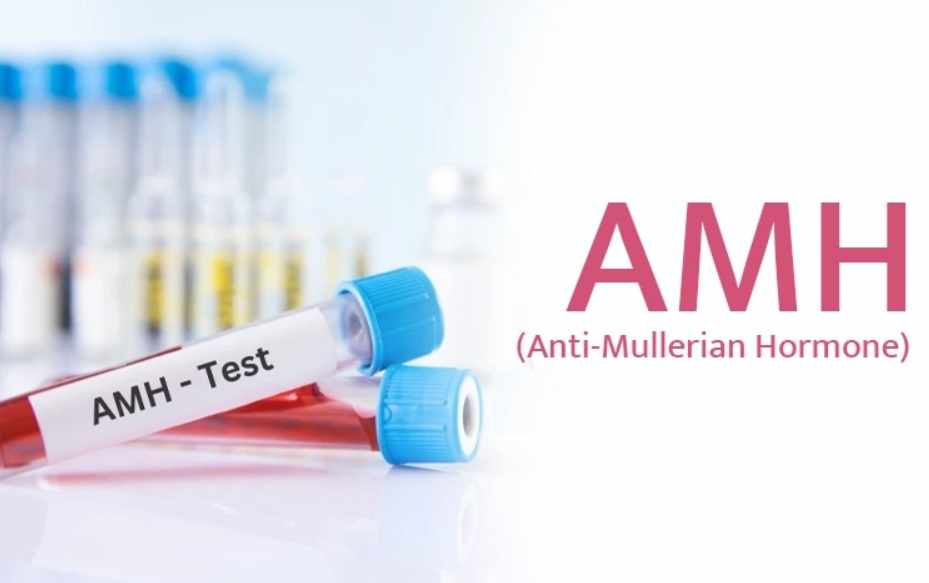

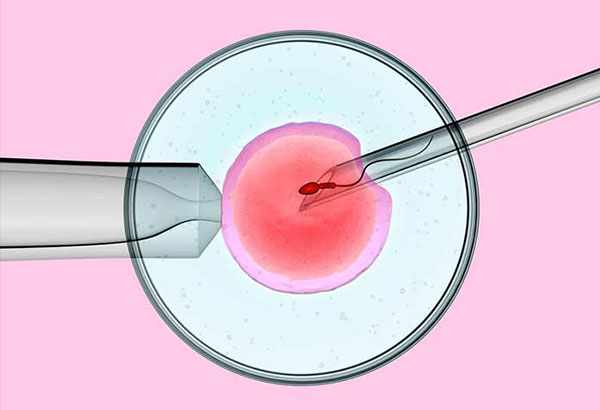
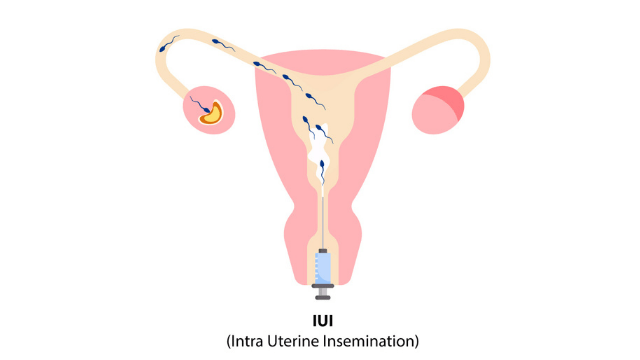

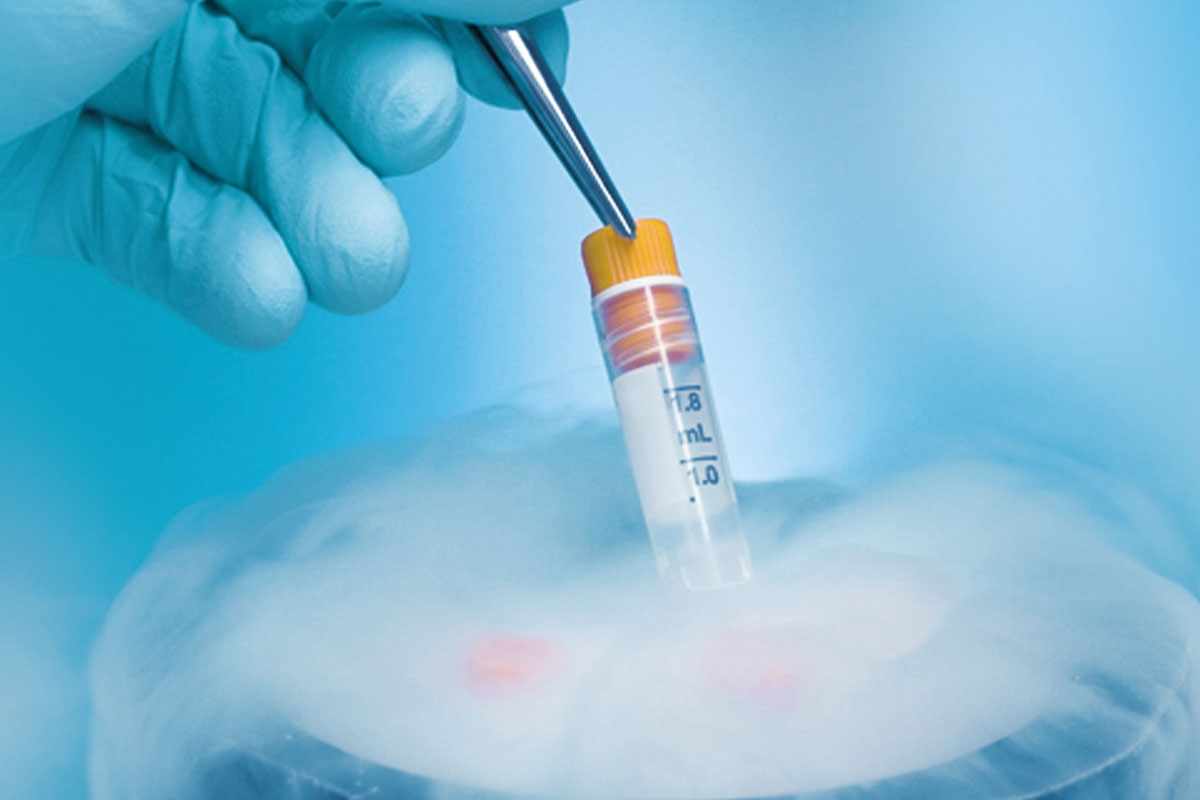
Write a comment ...